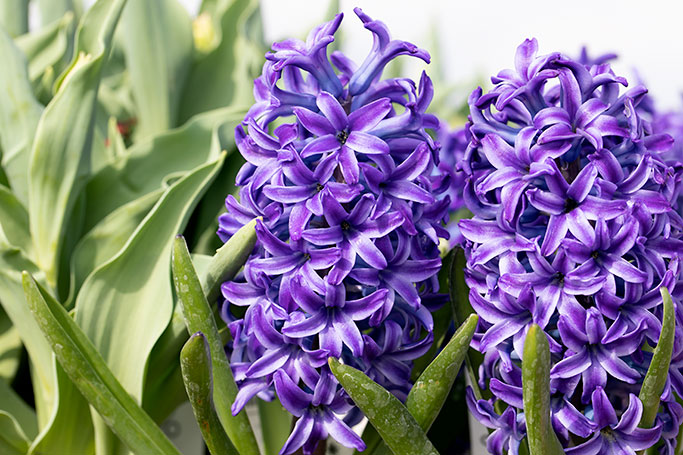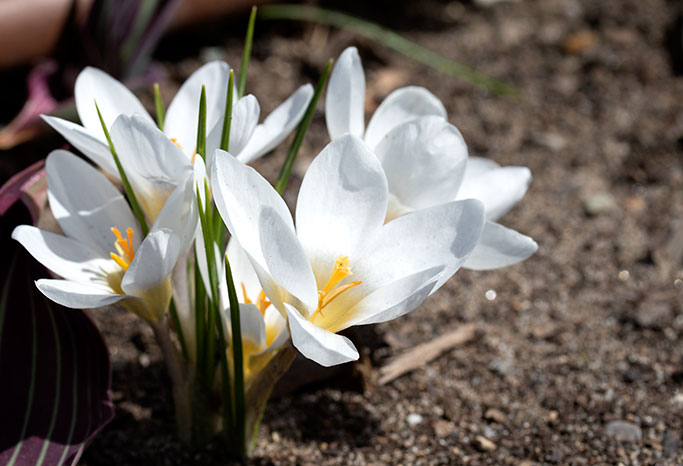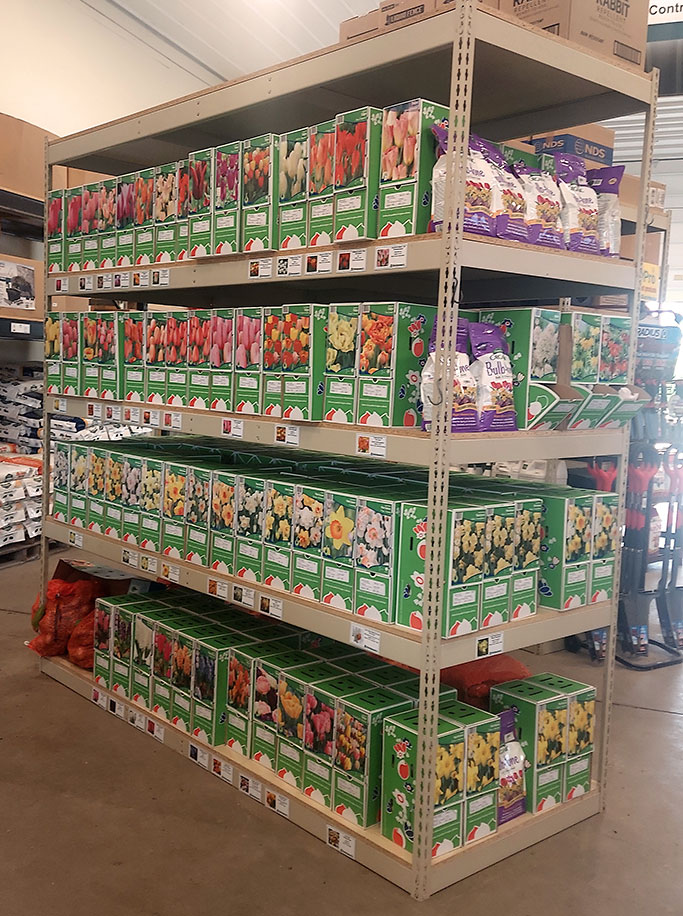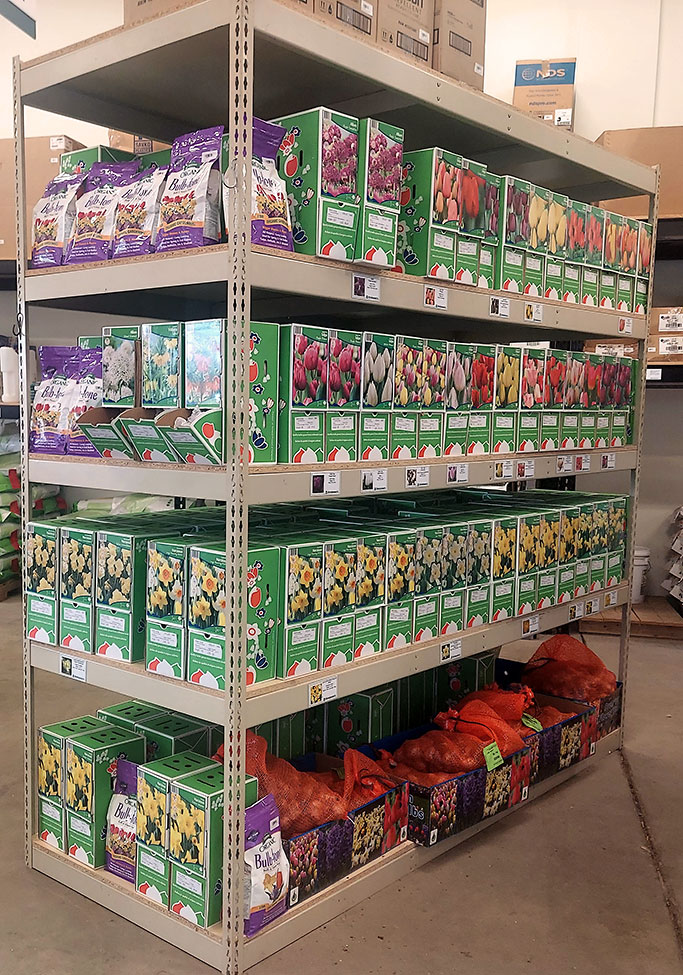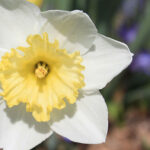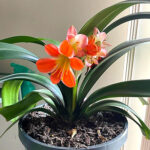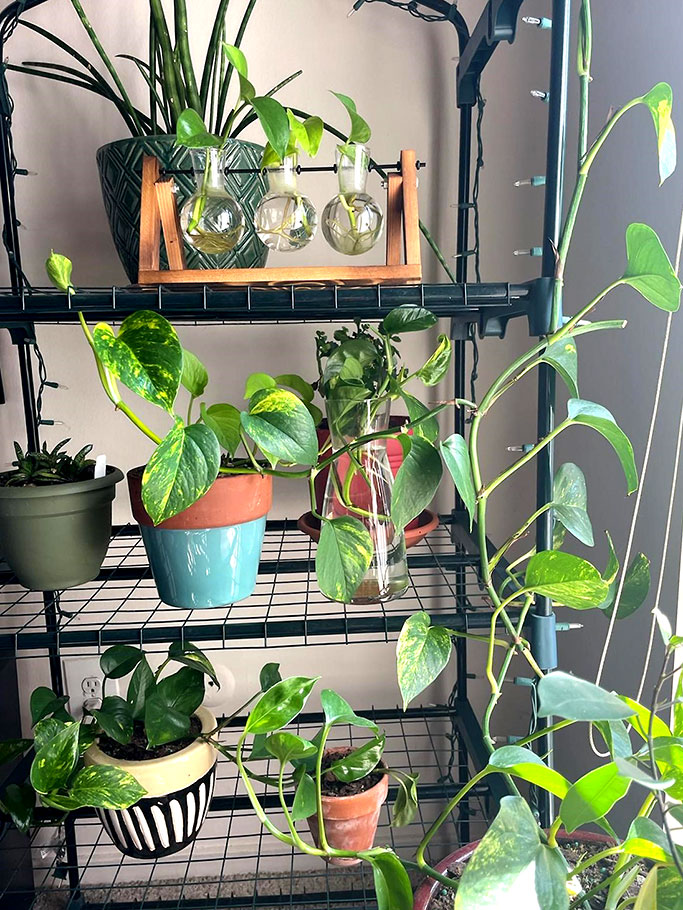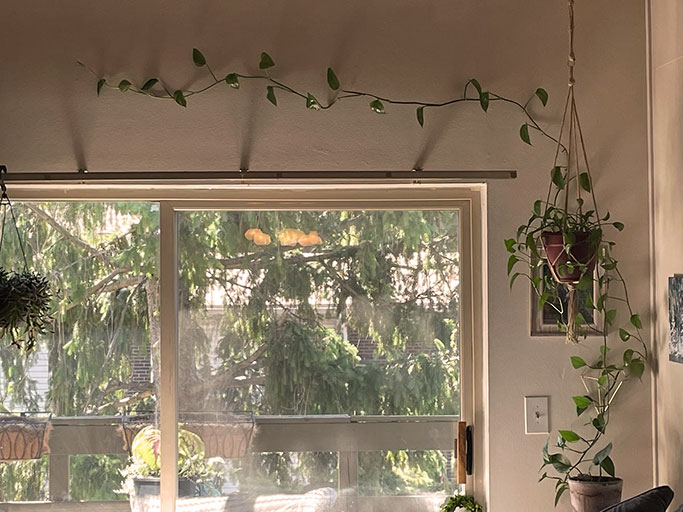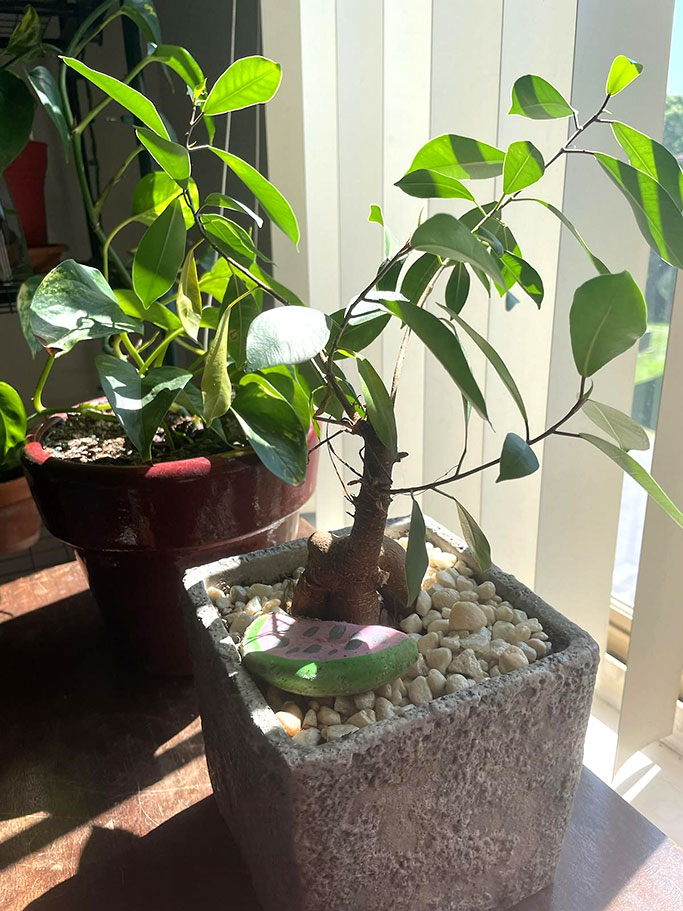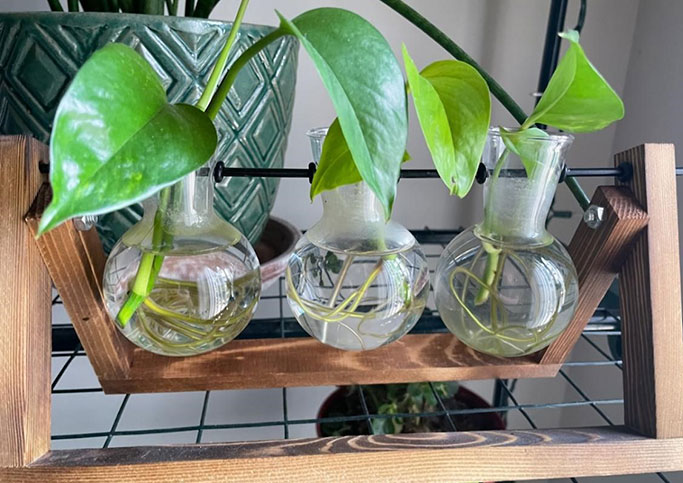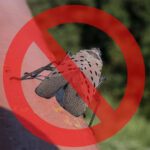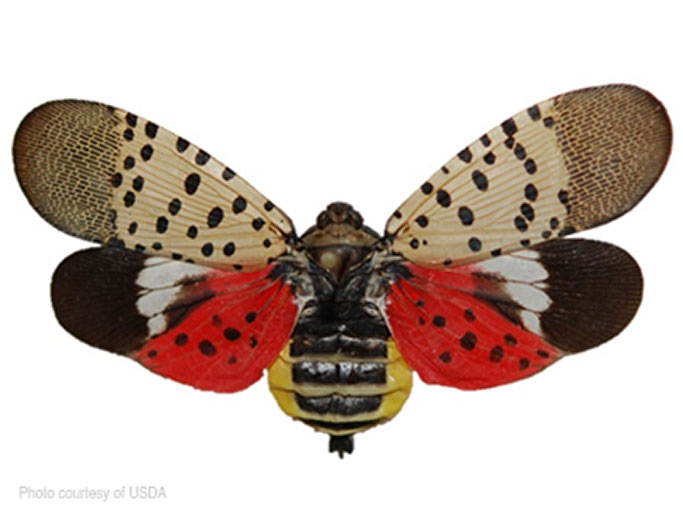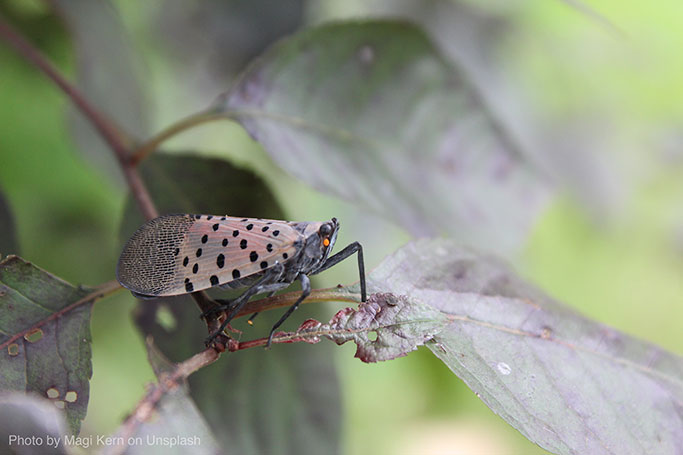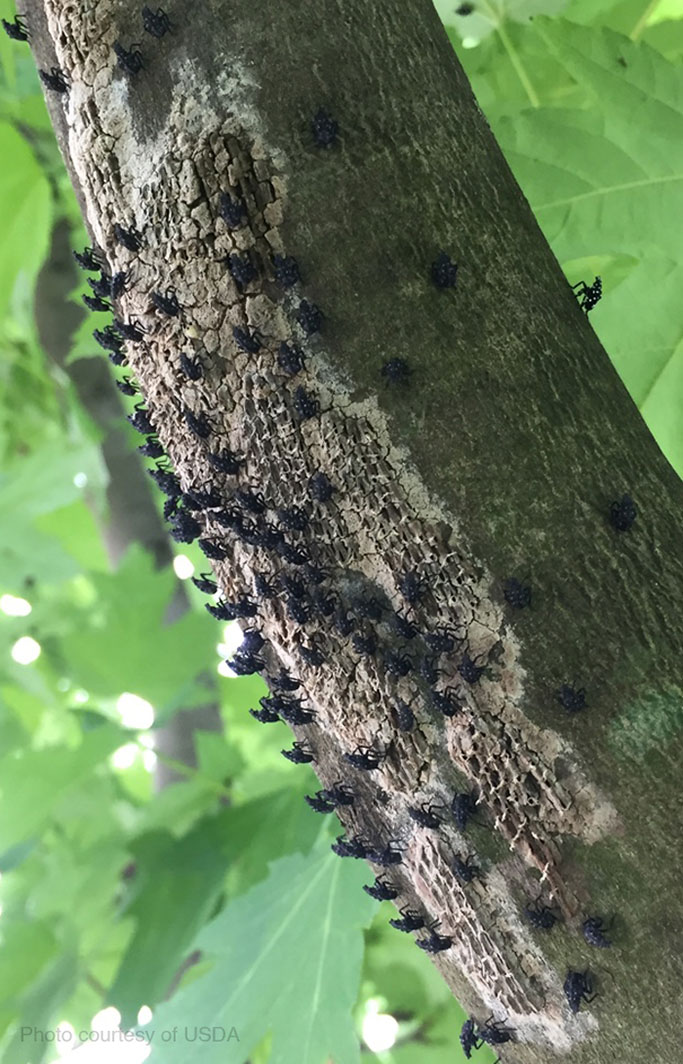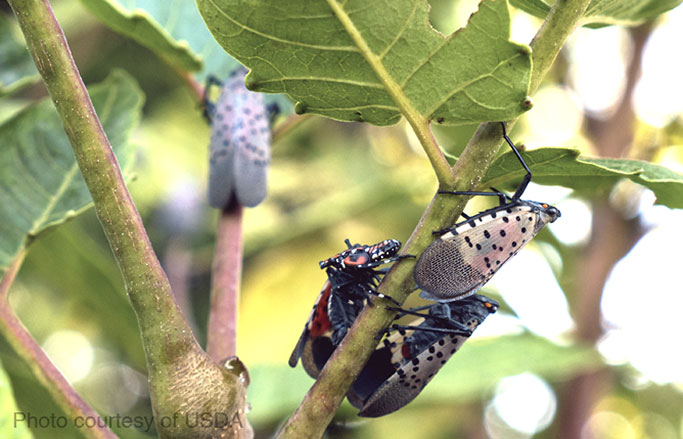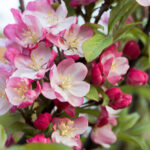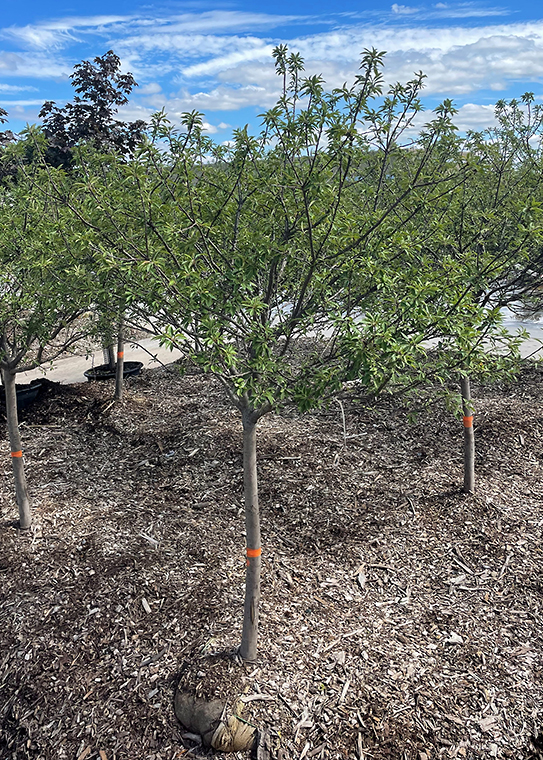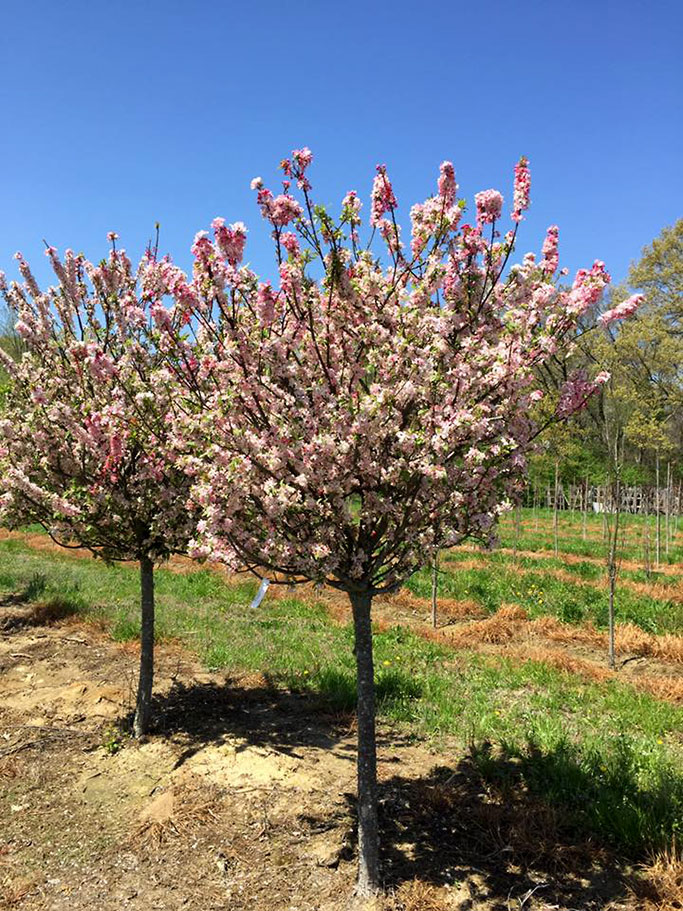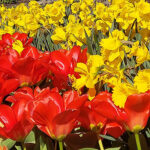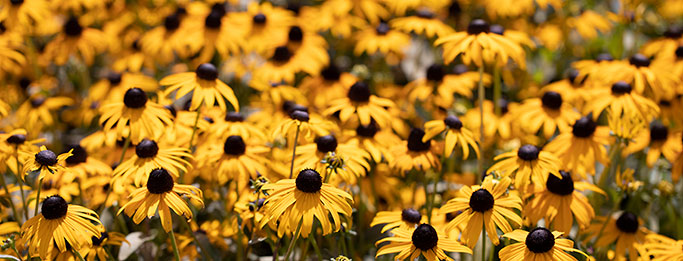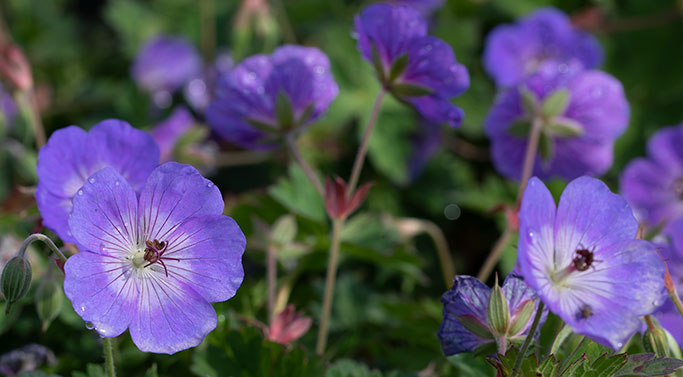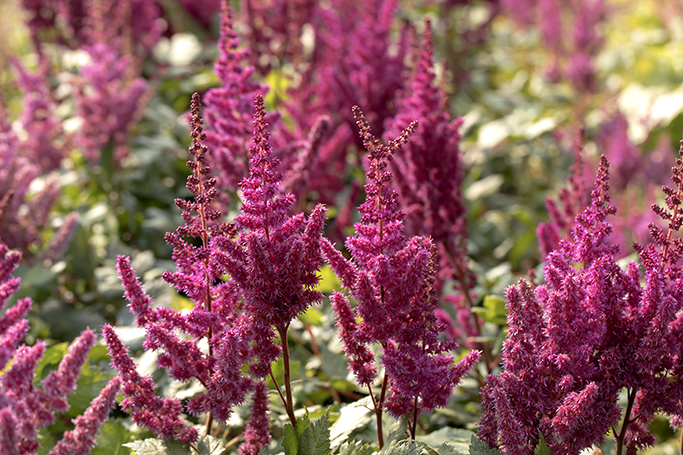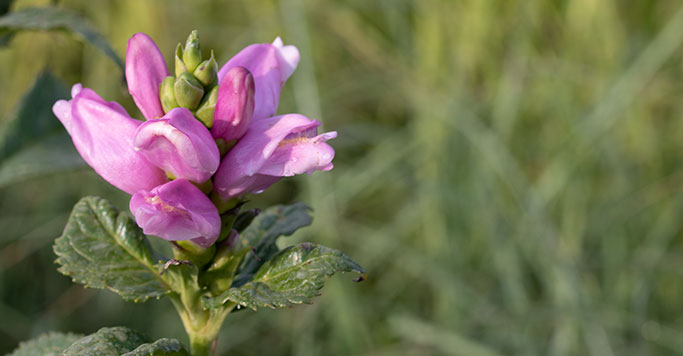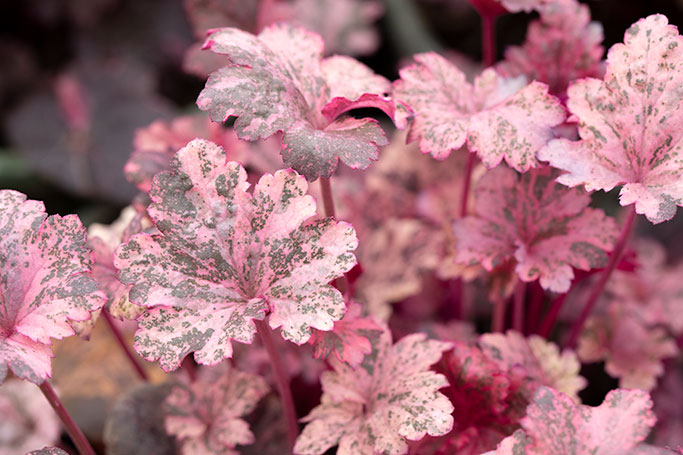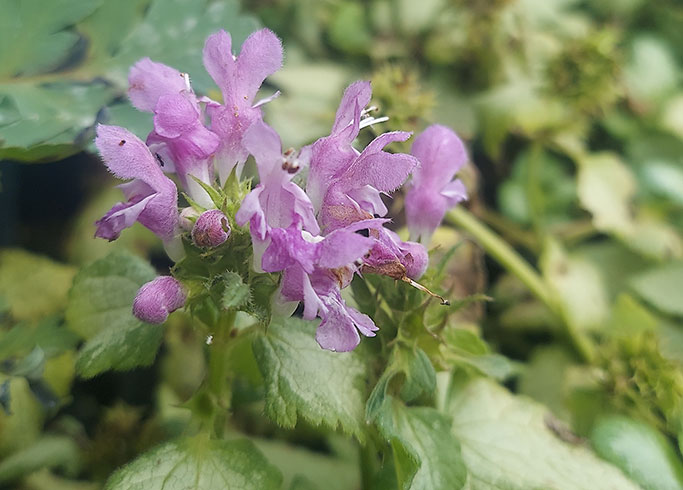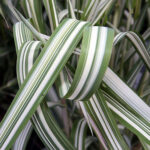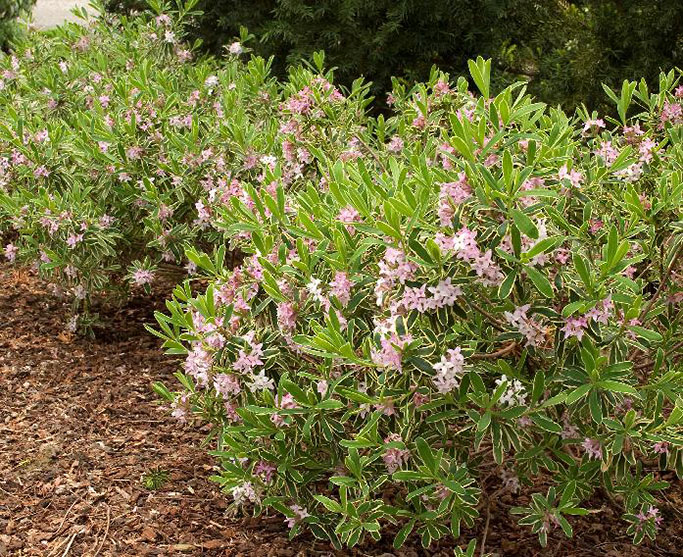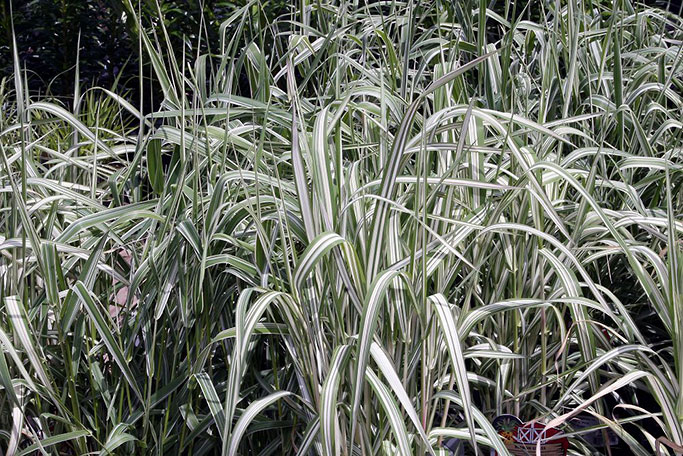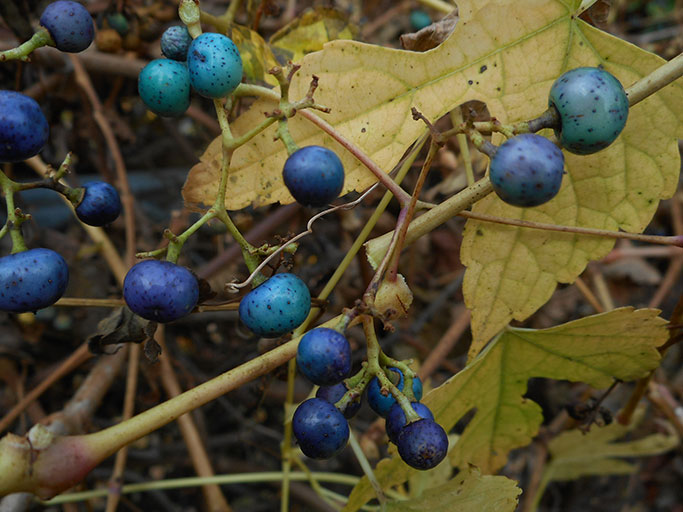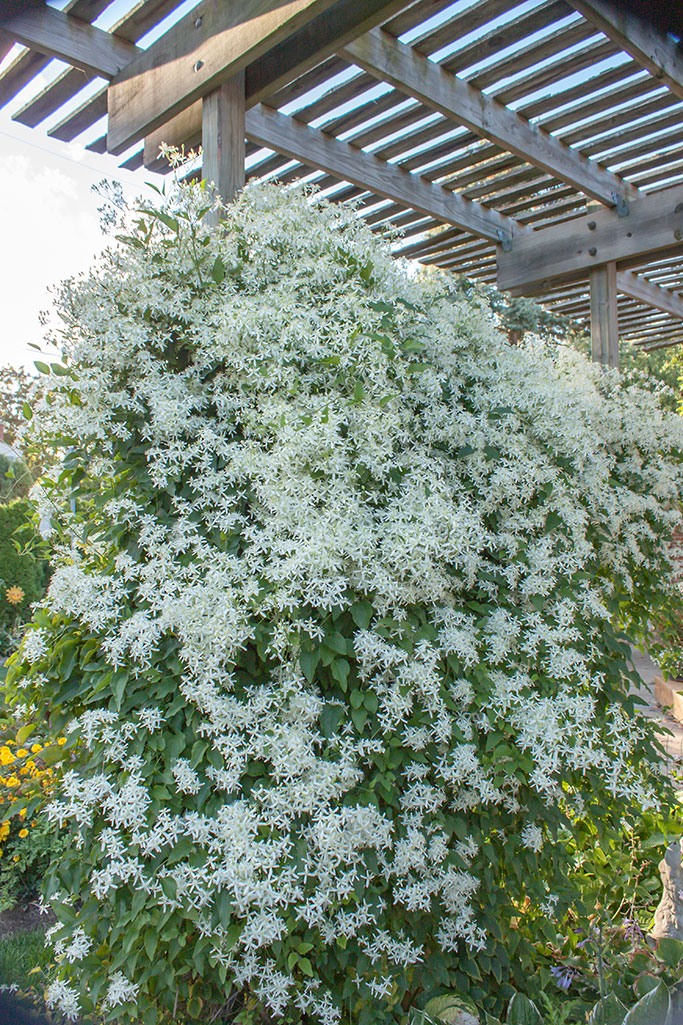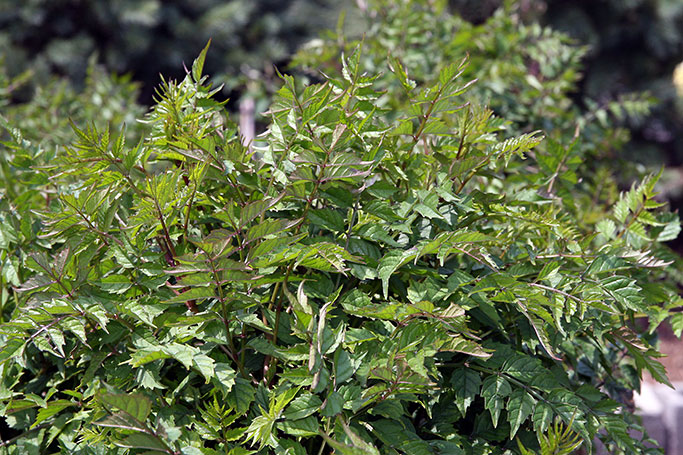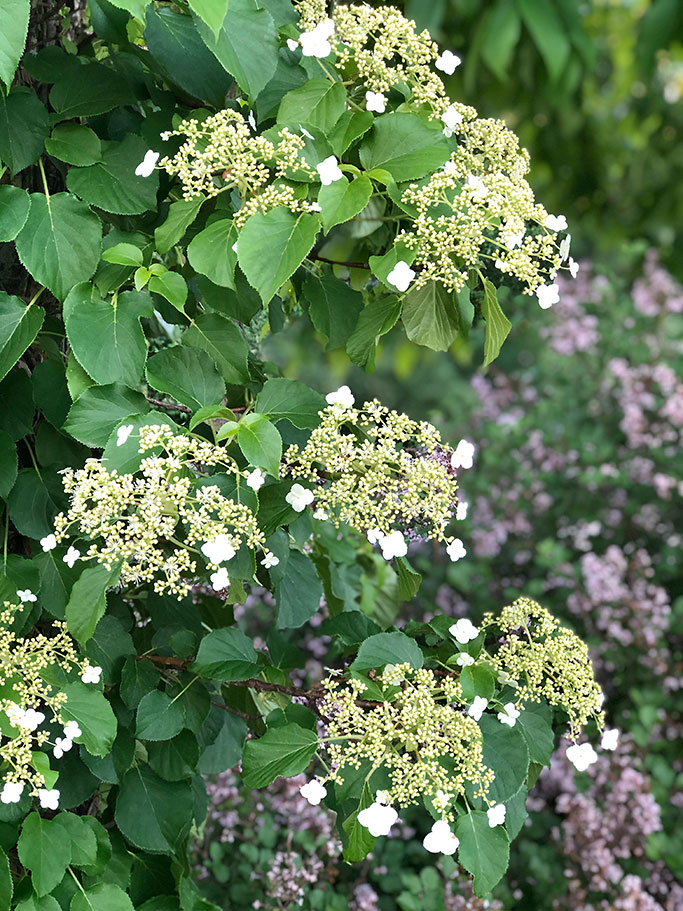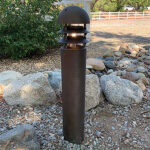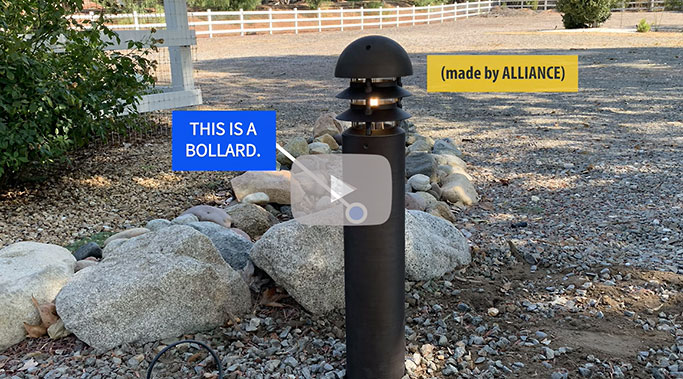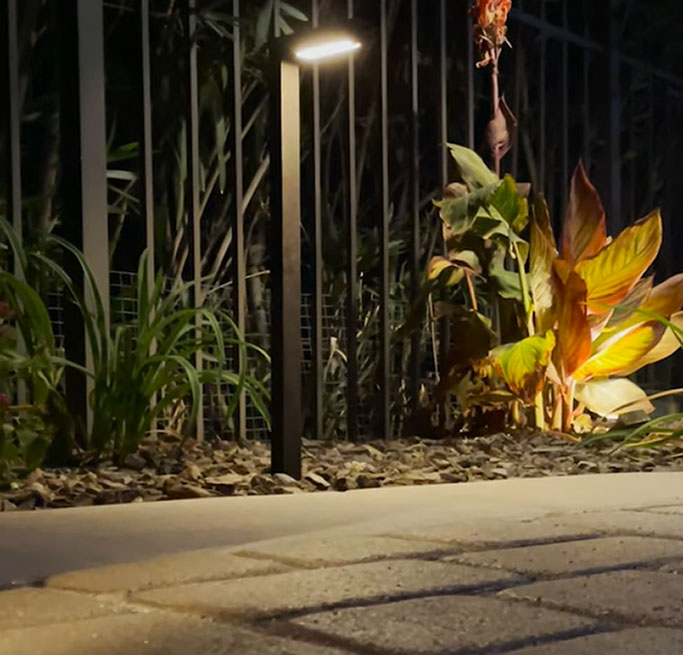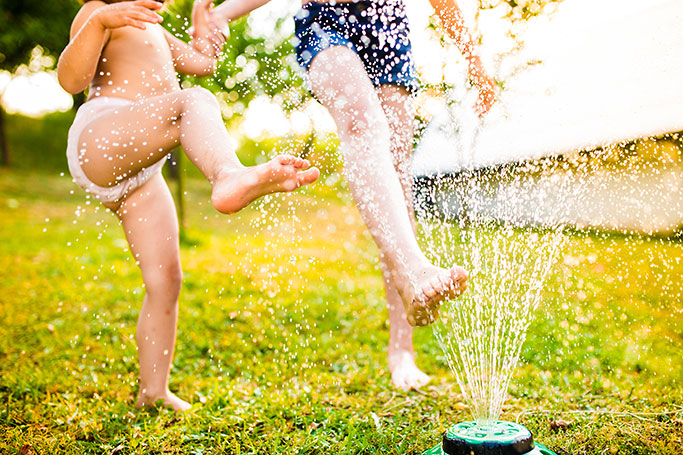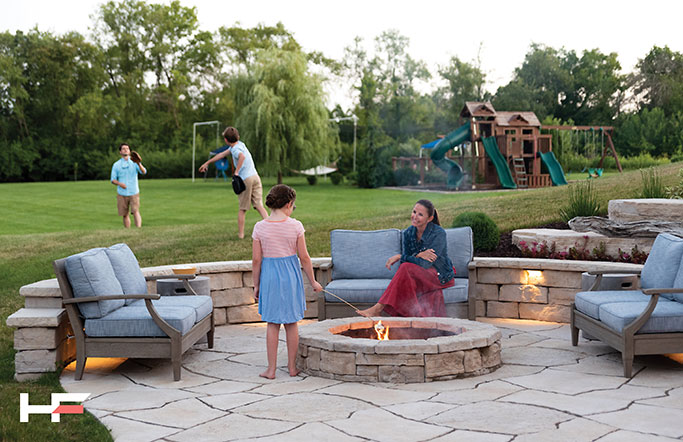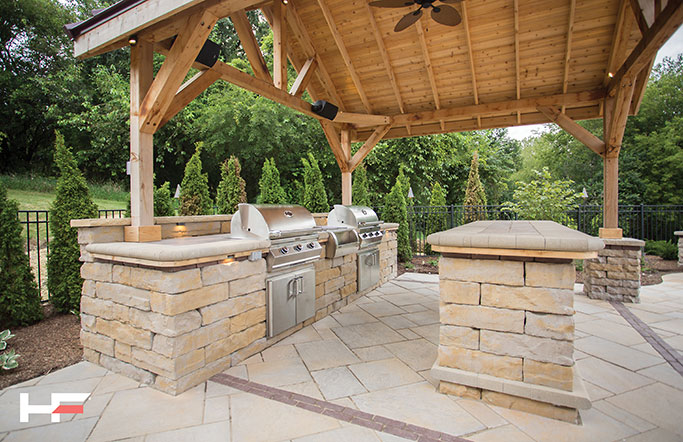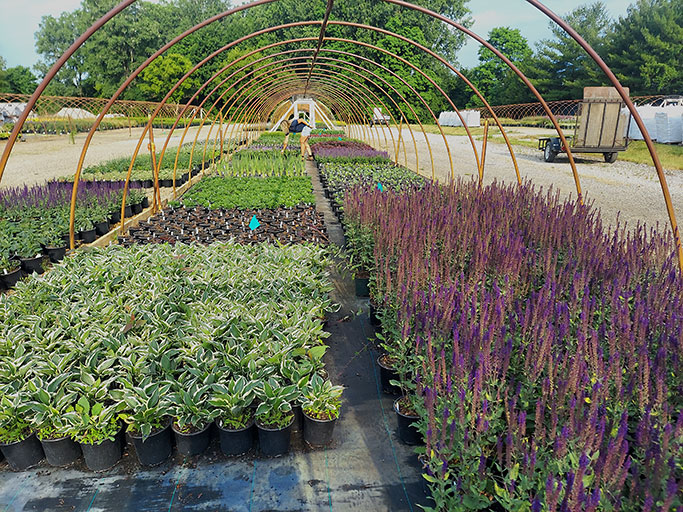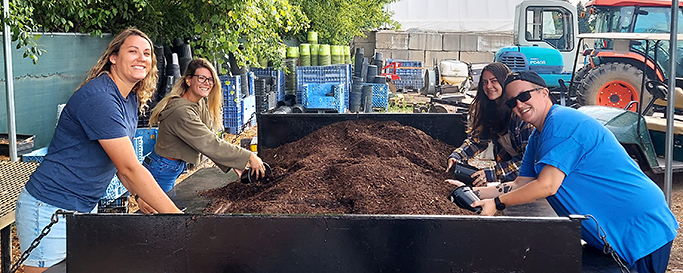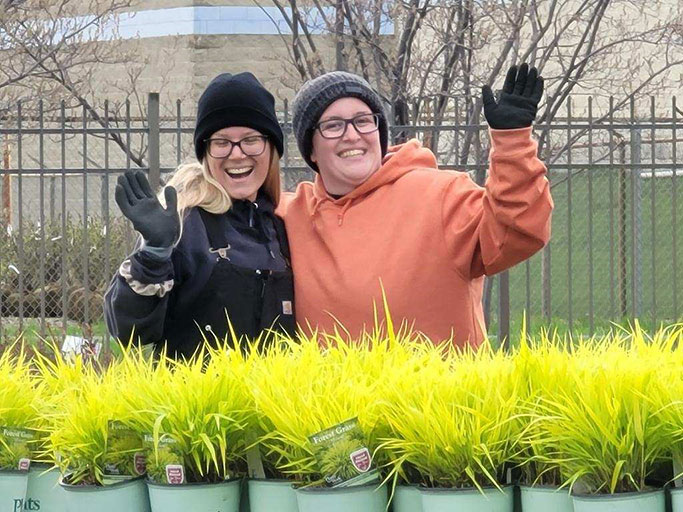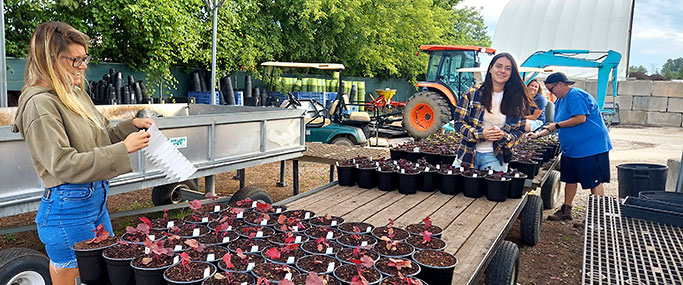Barbecue chicken and ice-cold lemonade, cold beers and brats, chilled watermelon and grilled hamburgers. That was a small part of my menu for the fourth of July weekend. I most definitely took advantage of some choice weather and time off to relax and recharge. My outdoor toys and appliances however, had no rest. They had 8+ children and friends to keep refreshed, full and entertained. The hose had a good workout, too!
But after the cooking and entertainment have concluded, the cleaning must begin. And unlike cleaning the kids, I would not recommend using the hose to undertake this process. Here are some maintenance and cleaning tips to help keep your outdoor appliances looking new and clean.
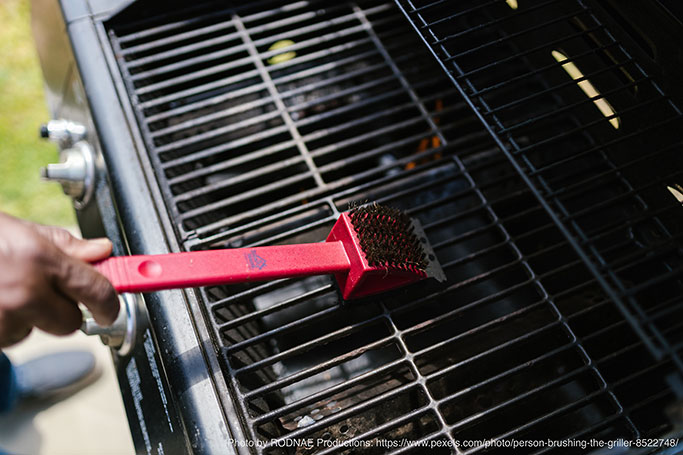
Grills Are Not Self-Cleaning
It’s easy to fall into the habit of just giving your grill grates a quick swipe with a wire brush before you toss on those steaks. While you won’t directly harm your grill by doing that, it is important to check its other components, specifically burners, valves, and hoses. If you have a gas grill, don’t ignore the burners. Use a stiff brush periodically to clear grease and gunk away from them, and as you cook, pay attention to the color of the flame. A healthy flame on a gas grill should be blue with a yellow tip—if your flames are all yellow, turn off the grill and disconnect the fuel tank so that you can check the fuel valve pressure. Lastly, look at any hoses, such as fuel lines, on the grill. Even if your outdoor kitchen isn’t directly exposed to the elements, it is still affected by temperature changes. Depending on the material, grill hoses can contract and expand in response to changing seasons, so give them a brief inspection to see if any of them have cracked or split and need to be replaced.
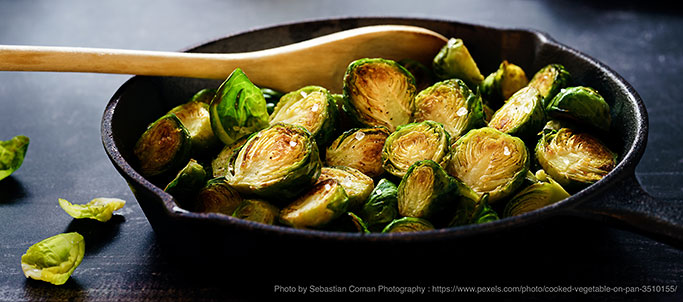
Don’t Go Nuts Cleaning Outdoor Appliances
Stainless steel appliances are extremely popular in outdoor kitchens, and for good reason. Not only does stainless steel look nice with the hardware typically used in outdoor spaces, but it is also resistant to rust and corrosion, making it ideal for outside use. Although stainless steel is a durable material, it isn’t indestructible. Don’t cut directly on a stainless-steel surface, only use a cutting board. Hot pots and pans as well as other metal, steel, or cast-iron items can cause staining and corrosion if they’re left on a stainless steel surface for too long, so find another resting place for them or use a heat resistant pad or cloth. A rinse with soapy water will be sufficient for cleaning a stainless steel surface, but make sure that you follow the grain of the metal and dry it completely. There’s no need to use chemical cleaners and stay away from steel wool pads; little bits of them can flake off and get imbedded in your stainless steel surface. While the actual surface won’t rust in that situation, the steel wool pieces will.
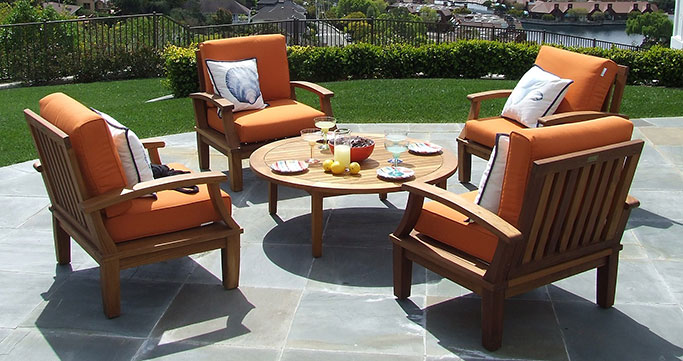
Protect Your Outdoor Furniture
While it may not be the first thing to come to mind when you think of outdoor kitchens, furniture plays an important part in rounding out your backyard sanctuary. If possible, try to keep your outdoor kitchen furniture out of rain and extreme weather by bringing it indoors. If that is not an option, try looking for vinyl covers that don’t touch the floor, which allows moisture to escape. You can clean vinyl, mesh, and fabric components with a mild, all-purpose cleaner. Avoid harsh bleach or ammonia-based cleaners, they are not necessary and can do more harm than good. As with your countertops, try to catch and wipe up spills as soon as possible.
Don’t Forget About Your Floor
The patio may receive the brunt of all the dirt, debris, and staining. Some of the more advanced pavers have a factory-applied sealer to help resist or even prevent stains from occurring. If you do not have one of these types of pavers, consider adding a sealer to the patio. If you are not a fan of sealers, there are many outdoor rugs and mats to help protect the unprotected areas. You can use a mild soap, warm water, and a stiff-bristled brush to help remove most stains; there are stronger and more specific cleaners if you have a stain that is proving to be a challenge.
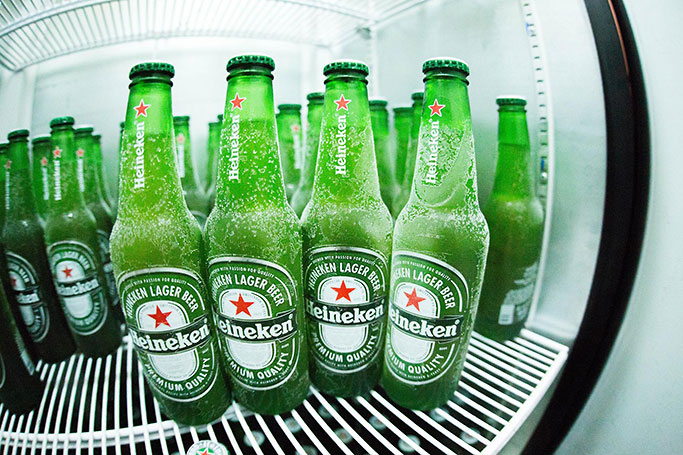
Check Your Fridge
Did you know that there are 2 different ratings for outdoor refrigerators? The better option is an actual “Outdoor Rated” refrigerator. It differs from the “Standard Outdoor” by having 304 stainless steel material, greater insulation, an advanced compressor, and better ventilation. This will help when the outdoor temps start to climb in the 90’s. Keep your fridge full, even if it is just water bottles. This will help the fridge work less and keep your items colder.
Your outdoor kitchen and fireplace area represents not only a financial investment, but also a commitment to time spent with family and friends. Taking a few minutes to maintain your outdoor kitchen, patio, and furniture will protect your investment and allow you to spend as much quality time as possible with your loved ones.

